Speaking at the Forum on Business Linkage to Promote Sustainable Development of the TD&MNBB Region directed by the Vietnam Federation of Commerce and Industry (VCCI), organized by the Business Forum Magazine on the afternoon of September 27, Mr. Hoang Quang Phong - Vice President of VCCI emphasized that the TD&MNBB region has a particularly important strategic position in terms of politics , economy, culture, society, environment, national defense, security and foreign affairs of the whole country; it is a region with many potentials, advantages, and favorable conditions for trade connection with China and ASEAN.
In particular, there is great potential for developing border trade economy, being a region rich in resources and minerals; favorable for developing agriculture, forestry and fisheries; converging many unique tourism potentials; especially, this is a land rich in historical, cultural and revolutionary traditions.
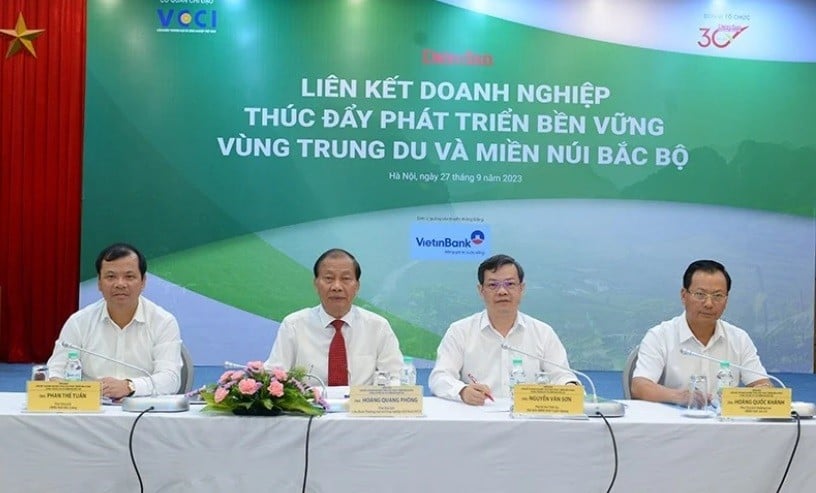 |
| Forum on Business Linkage to Promote Sustainable Development in the TD&MNBB Region, afternoon of September 27. (Source: VCCI) |
Identify barriers and challenges
However, Mr. Phong said that the advantages of the region have not been exploited properly and effectively. In particular, the TD&MNBB region is still a "lowland" in economic development and the "poor core" of the whole country, and regional linkages are not yet tight.
According to the report of the Ministry of Planning and Investment, the TD&MNBB region has made many important contributions to the socio-economic development of the whole country, but its scale is still modest (accounting for only about 8-9% of the country's GRDP), no locality in the region has been able to balance its budget, and regional development in many areas is still lower than the national average. The multidimensional poverty rate of the region in 2022 is 22%, nearly 3 times higher than the national average.
According to Mr. Truong Duc Trong, PCI project expert, VCCI Legal Department, an investor coming to a locality needs many factors such as natural conditions, socio-economic conditions, infrastructure, policy issues and activities to facilitate businesses. Therefore, the investment and business environment in the TD&MNBB area is of great concern.
However, the geographical location of the region is not really favorable, because the terrain of the provinces is mostly divided by hills and high terrain, which is relatively difficult for infrastructure and economic development. On the contrary, we have advantages to develop various types of agriculture and forestry, especially the cultivation of subtropical and temperate industrial crops, suitable for the future economic development of the locality.
The limitation that many local leaders mentioned the most was infrastructure. In the Provincial Competitiveness Index (PCI) survey of VCCI, the infrastructure index of the Northern mountainous region had the lowest score compared to other regions nationwide, which is one of the major disadvantages in attracting investors to the locality.
According to the expert, another factor that investors are interested in is economic conditions including market size, population income, development of supply chains... It can be seen that this is a disadvantage for the northern mountainous provinces when the average GDP per capita according to statistics in the region is only slightly higher than the Central Highlands region.
Many other economic indicators of the region are also relatively modest compared to other regions, such as the number of operating enterprises, the number of supermarkets, markets, shopping malls, industrial parks, export processing zones... To assess the level of development of the locality, it is only better than the Central Highlands region.
In particular, the level of development of local enterprises in the area is relatively low compared to the national average. If compared to a nearby area, the Red River Delta, it is also much lower. There are some localities with relative values, including Lao Cai and Thai Nguyen with about 4 enterprises/1000 people, close to the average value of the Red River Delta (6 enterprises/1000 people).
Notably, attracting FDI capital is not the strength of the locality when the difference is very clear. According to the survey, currently only Bac Giang is the triangle of FDI capital attraction in the region along with Thai Nguyen and Phu Tho. In the remaining localities, there are very few FDI projects.
“We calculate the number of businesses accumulated since 1988 and see that Bac Giang is one of the bright spots recently, while Thai Nguyen has a large investment project from Samsung, contributing to the local results. Provinces such as Dien Bien, Lai Chau, and Bac Kan have very few foreign investment projects."
According to Mr. Trong, although the positive point is that the quantity and labor force of the provinces in the region are quite abundant, the rate of laborers aged 15 and over working locally is higher than the national average. However, a challenge for localities in the region is the problem of workers tending to migrate away from the locality. This problem is clearly evident in some localities such as Bac Kan, Tuyen Quang, Lang Son, Cao Bang.
It is worth mentioning that the rate of local labor meeting the needs of enterprises is not high. If the national average of 39% is still a relatively low figure, it is even lower in localities in the Northern mountainous region. That shows that the problem of labor quality is a local obstacle, leading to many enterprises having difficulty finding labor sources," Mr. Trong said.
New thinking, new vision to "escape poverty"
Mr. Hoang Quang Phong informed that the Politburo has directed the summary of the implementation of Resolution 37 and issued Resolution 11 on the direction of socio-economic development, ensuring national defense and security in the TD&MNBB region until 2030, with a vision to 2045. The goal is to develop the TD&MNBB region into a green, sustainable and comprehensive development region and a model of green development for the whole country.
To achieve the set goals, the Government issued Resolution 96/NQ-CP dated August 1, 2022 with 6 groups of key tasks and solutions, and at the same time proposed 17 specific tasks, 33 inter-regional and connecting projects and assigned them to ministries and branches for implementation with a specific time schedule.
According to the Vice President of VCCI, the Resolution of the Party and the State mentions many “new” points. With new thinking, new vision, new development roadmap, new opportunities… it is an important foundation, helping the “poor core area” of the Northern mountainous region to develop breakthroughly in the coming time… “New thinking is when not only the Government, policy-making agencies, but also each locality clearly understands that association is for development and to develop, we must associate…”, Mr. Phong affirmed.
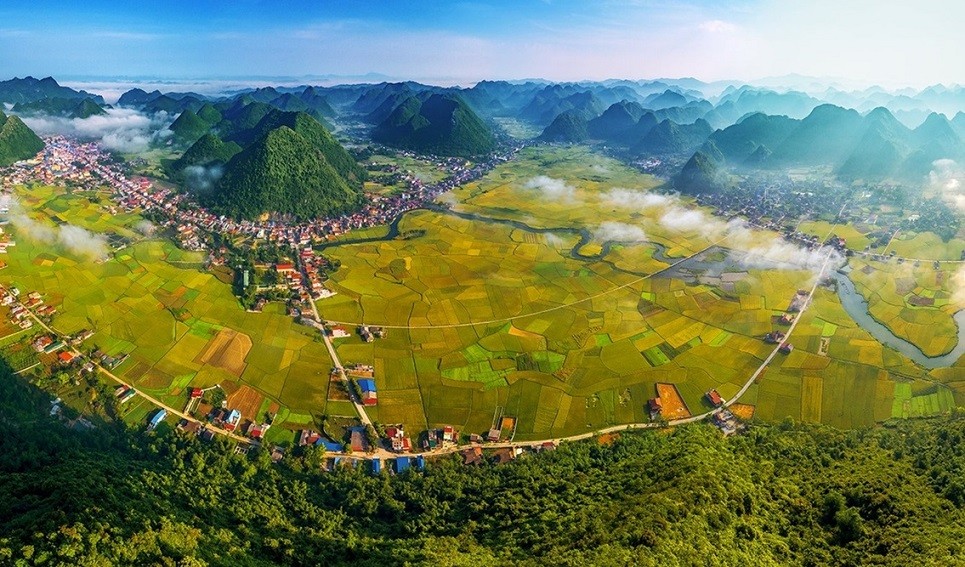 |
| The Politburo directed the summary of the implementation of Resolution 37 and issued Resolution 11 on the direction of socio-economic development, ensuring national defense and security in the TD&MNBB region until 2030, with a vision to 2045. (Source: Ethnic and Development Newspaper) |
Mr. Phong noted that close connection is when not only the government but also businesses need to join hands to build a common plan for the whole region. Connection to form and develop an urban system connecting the region with major cities in the Red River Delta, developing linkage chains, regional urban economic centers linked with border cities.
"Linking to form a number of growth poles and economic centers of the region, in parallel with the development of economic corridors, linked not only to the connecting transport system, but also to the potential and strengths of each locality in the region, avoiding competition with each other at all costs.
This comprehensive connection will help localities in the region turn challenges into opportunities, turn potential into potential, turn potential into resources, so that the TD&MNBB region can develop by leaps and bounds, catching up with other dynamic economic regions.
If regional connectivity in all regions is promoted, the socio-economic situation of each region and the whole country will certainly have a breakthrough. More importantly, when intra-regional connectivity is developed, businesses will find the unique attraction of the Region. Good land, new birds - connectivity in the Northern Midlands and Mountains region not only brings new momentum to the region but also brings connectivity from the business relationship itself...", said the Vice President of VCCI.
In order to strengthen the connection in the TD&MNBB region in the coming time, Mr. Truong Duc Trong made some recommendations in some areas:
Firstly, improve the business investment environment. There are localities that have very good models such as Bac Giang, Thai Nguyen, Tuyen Quang, Lao Cai, which can be spread to the remaining localities in the region; share experiences.
Second , linkage in trade. Sometimes one locality is not enough, but a region of many localities needs to participate.
Third , connectivity in transport infrastructure, logistics and supply chain development. This is a very broad topic that needs further discussion, especially the issue of transport.
Fourth , linking in policy proposals. One locality having a voice is not enough, but many localities will certainly be listened to more by the Government and ministries.
Fifth , linkage in human resource training and linkage in environmental protection is also a necessary topic.
At the Forum, Mr. Phan The Tuan - Vice Chairman of the People's Committee of Bac Giang province suggested that VCCI, with its extensive international experience, pay attention to researching solutions to support localities in developing mechanisms and policies to promote the linkage between domestic enterprises and FDI enterprises, thereby building a sustainable global value chain in accordance with the National Master Plan for the period 2021-2030 issued by the National Assembly in Resolution 81/2023/QH15. At the same time, actively advise and support localities to improve the investment and business environment, create favorable conditions for the development of economic sectors, thereby helping to improve the competitiveness of the whole region.
Source


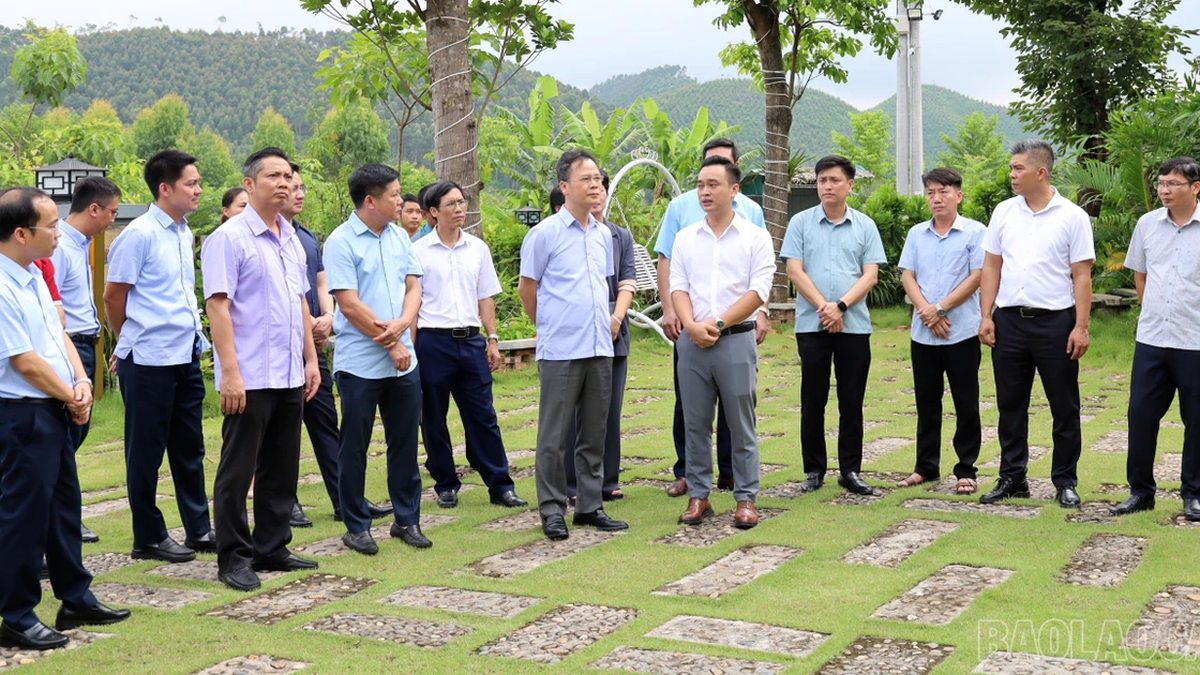

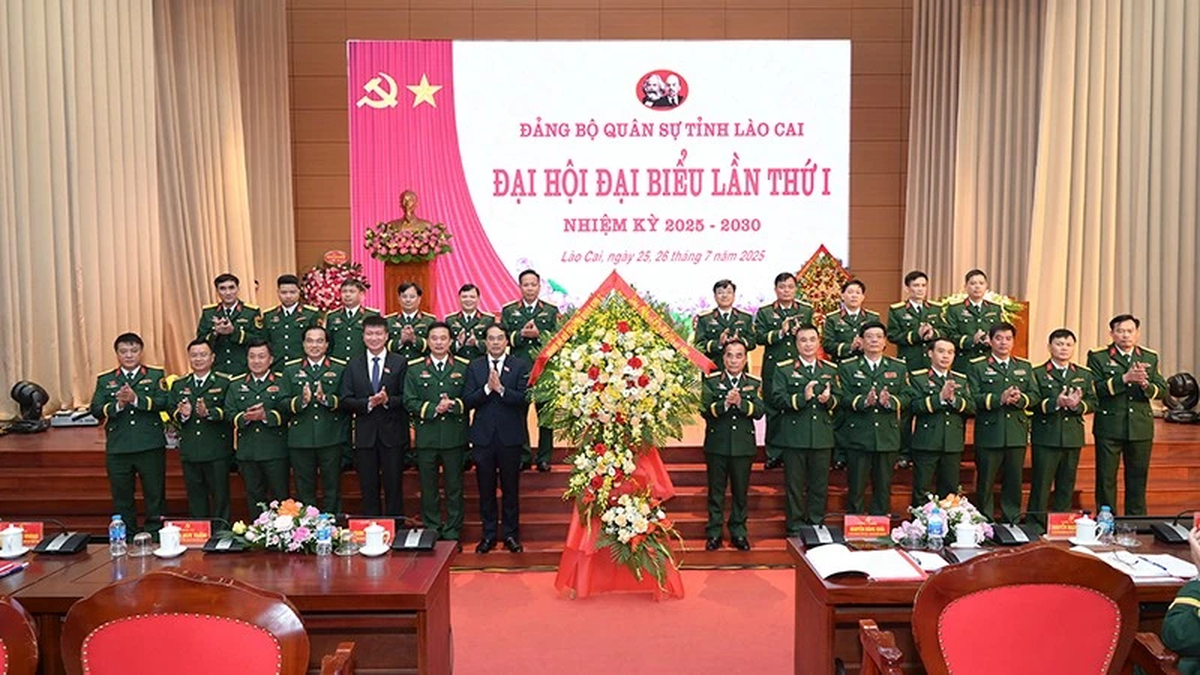
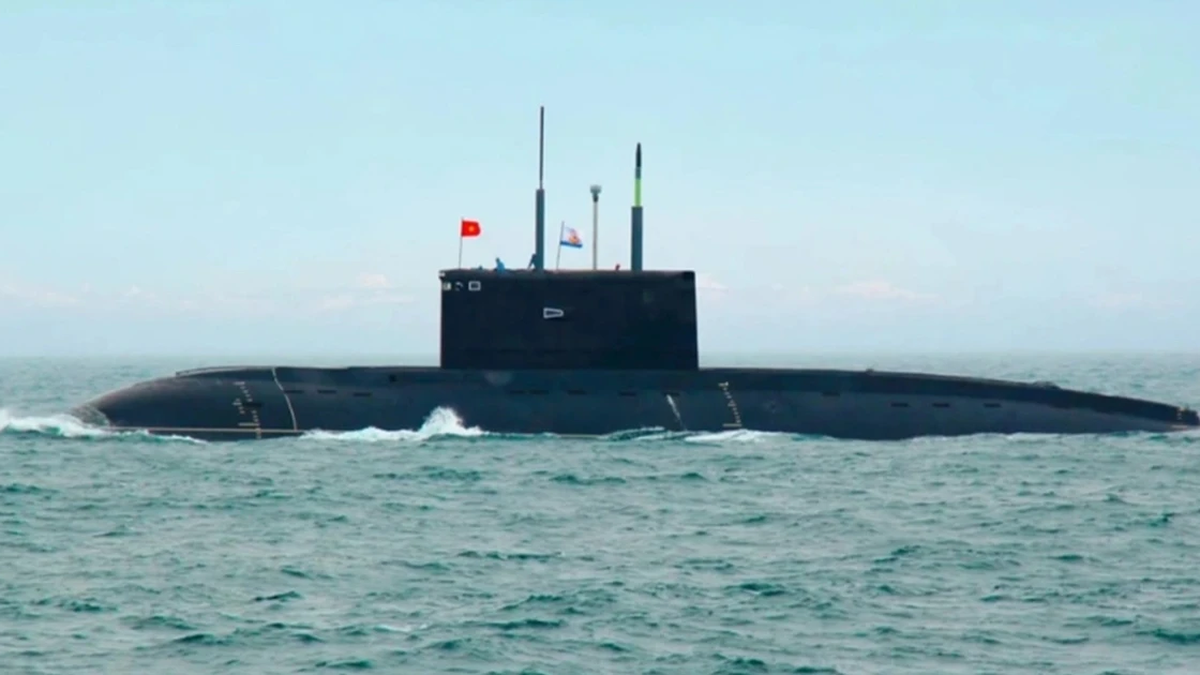
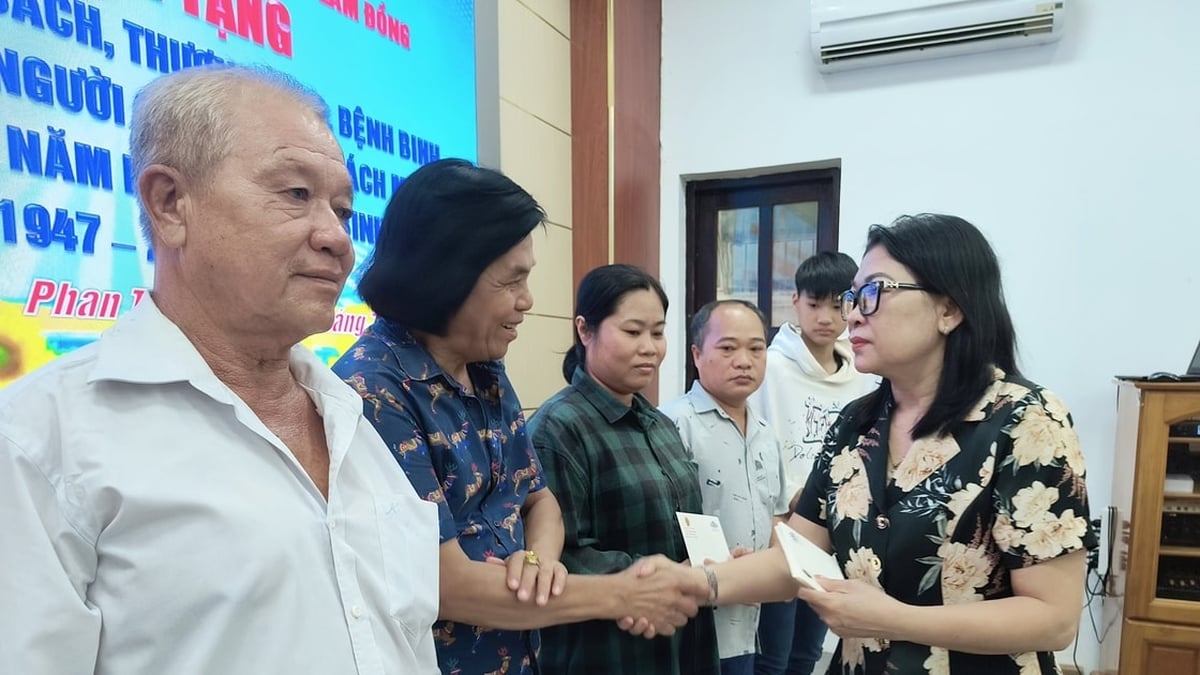

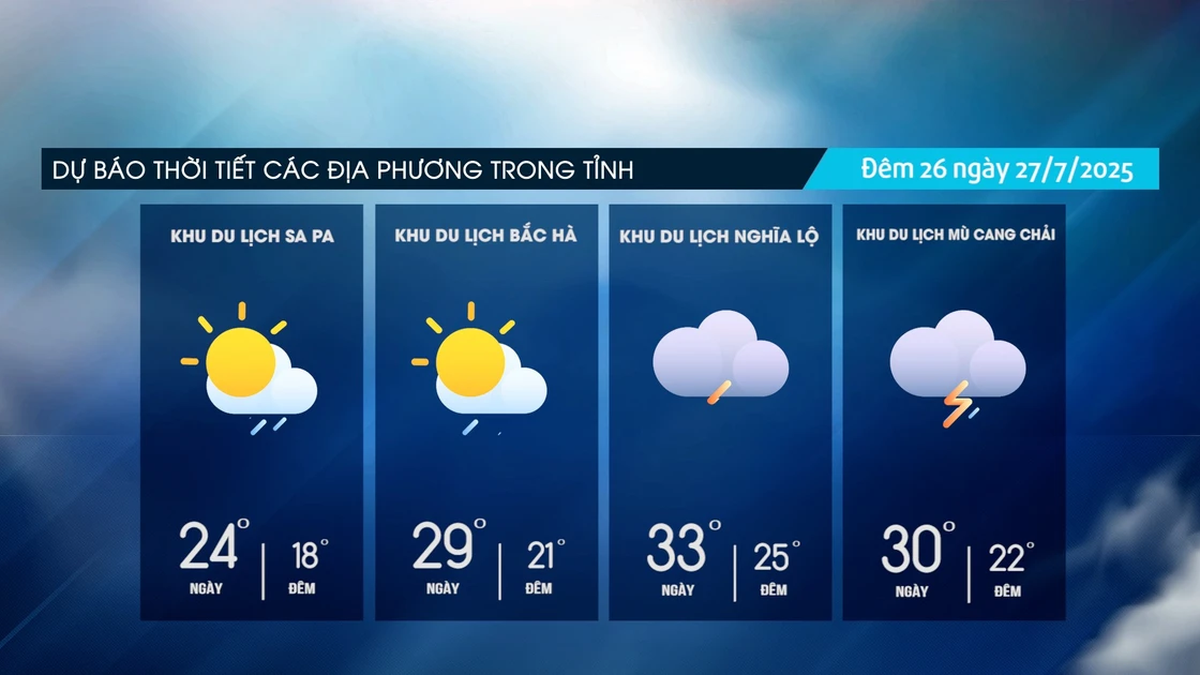
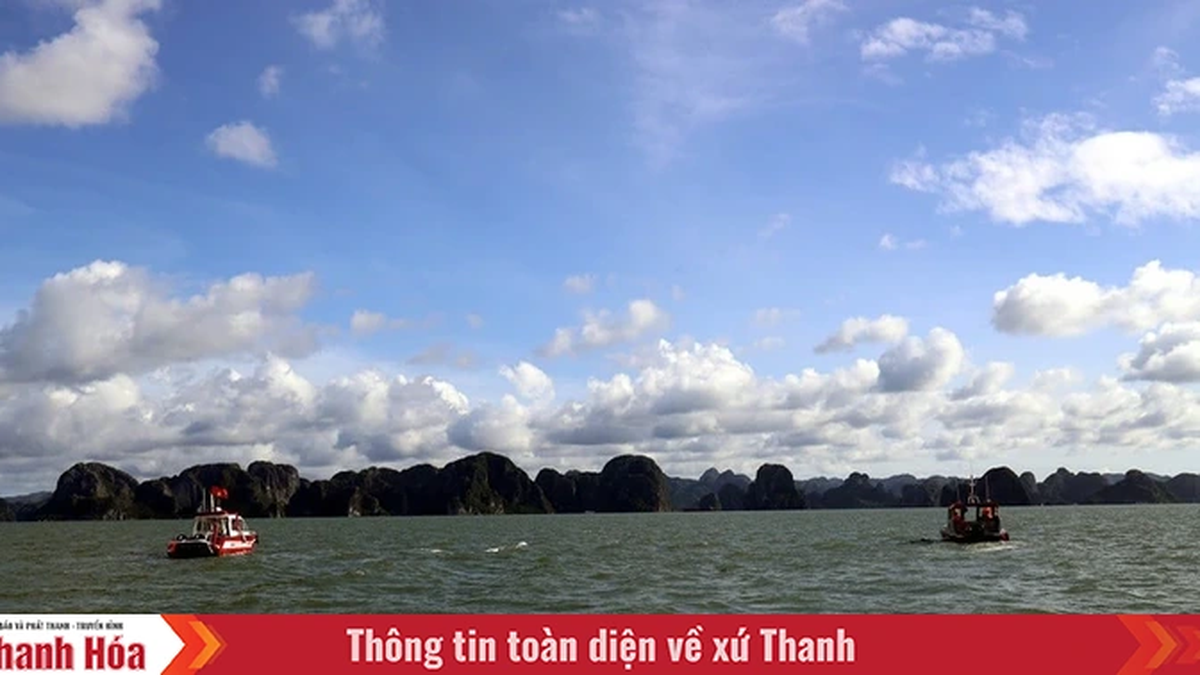
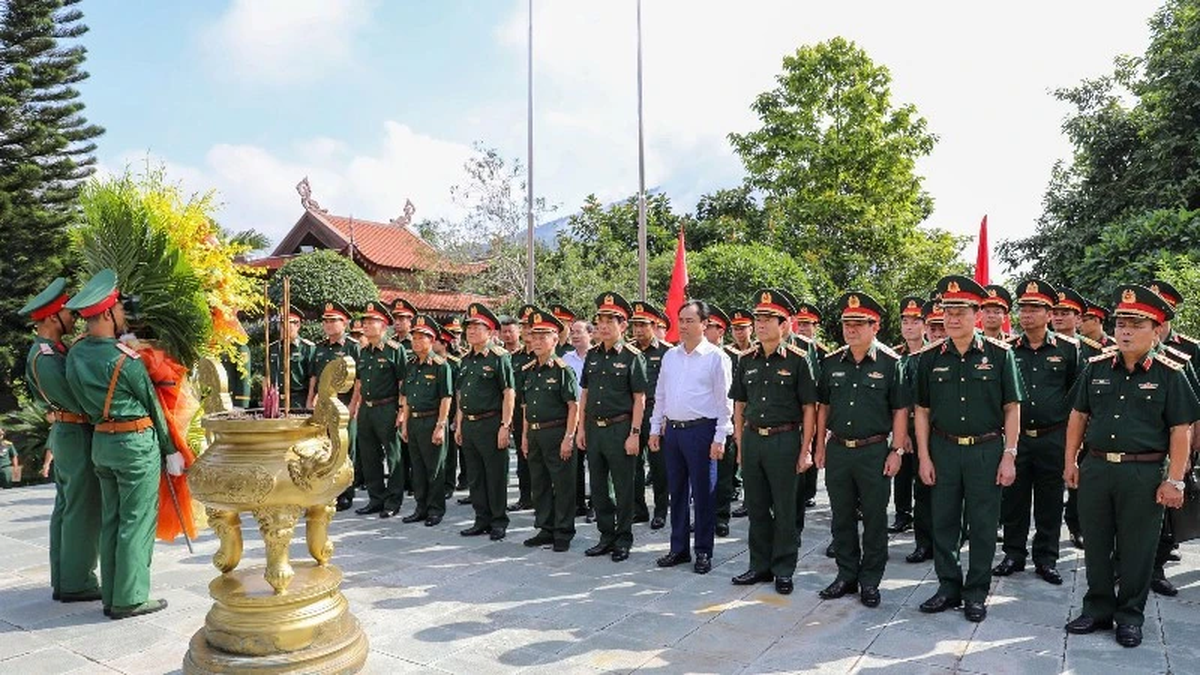












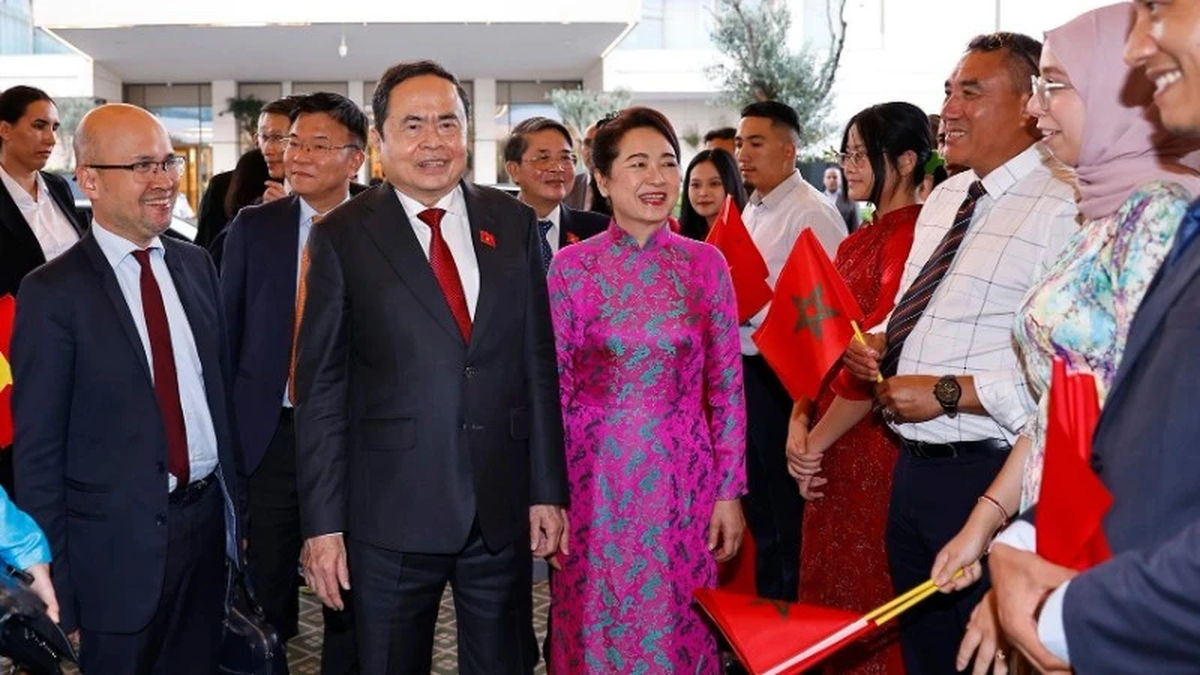




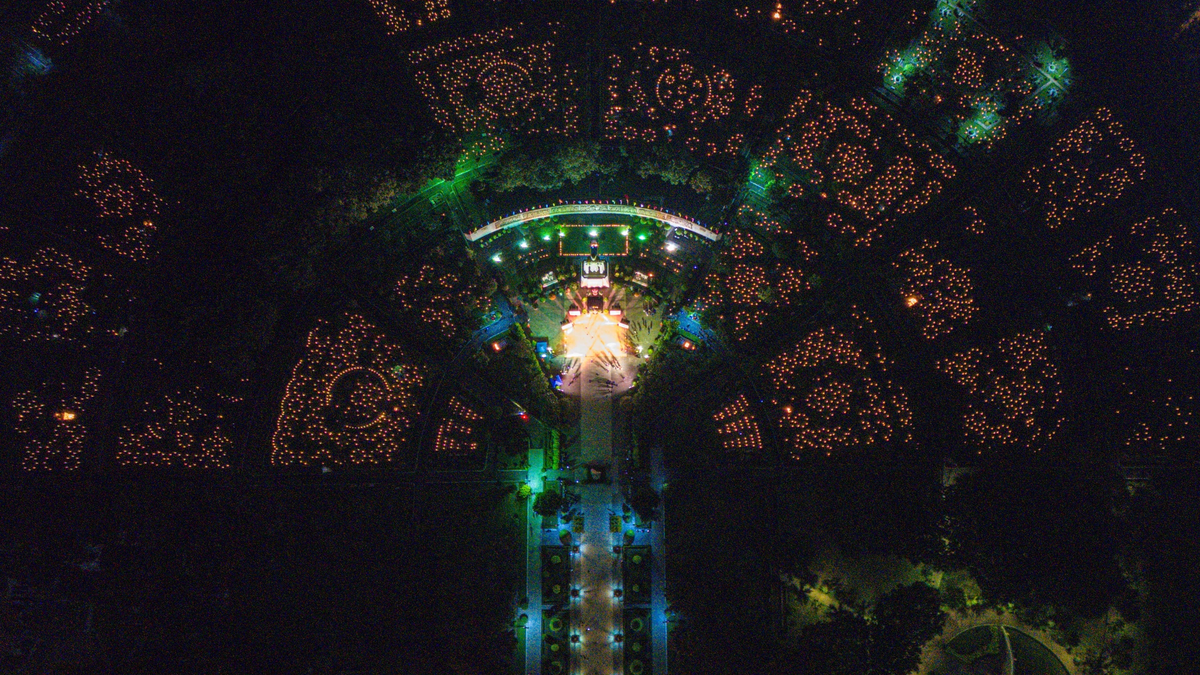
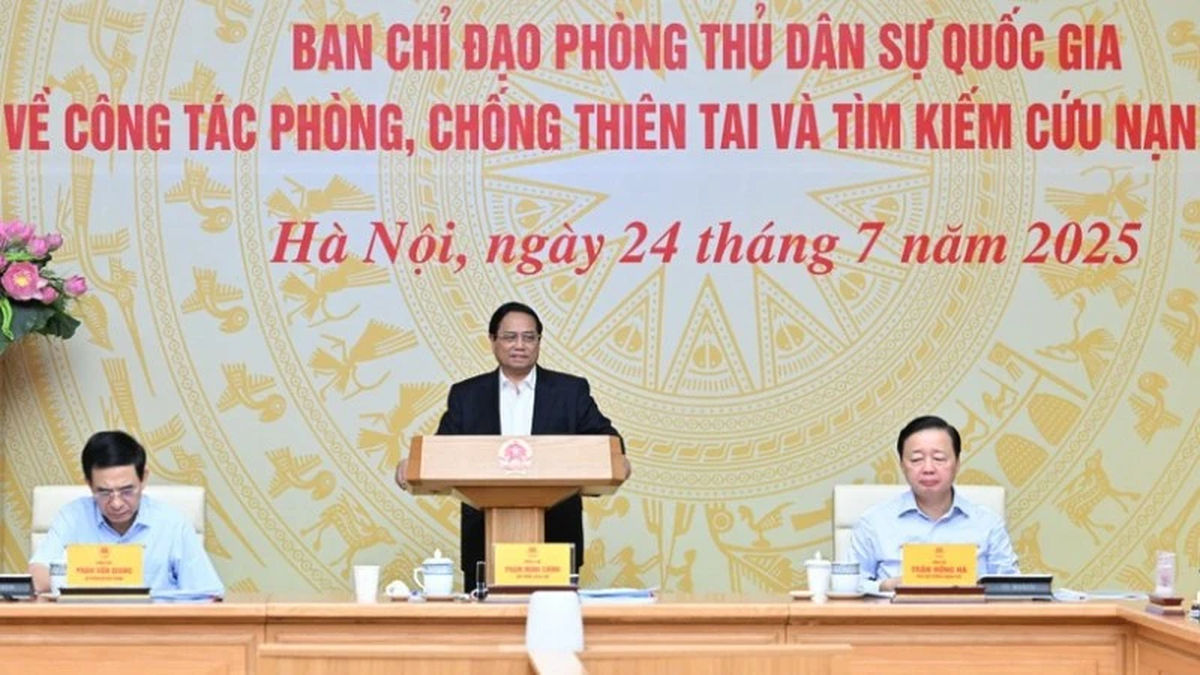




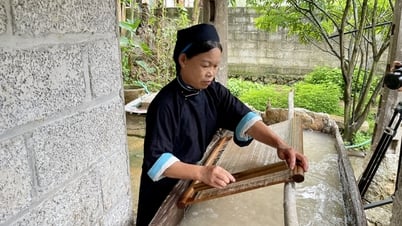




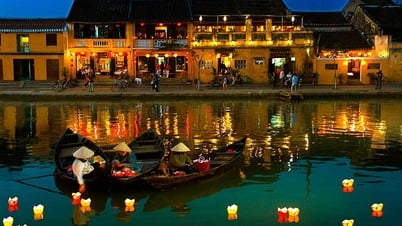

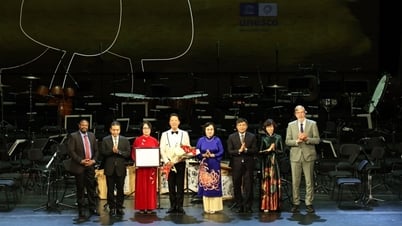

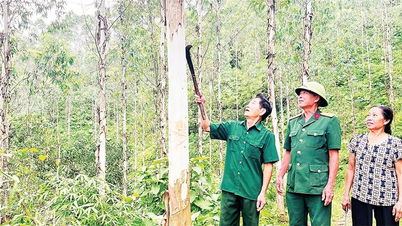







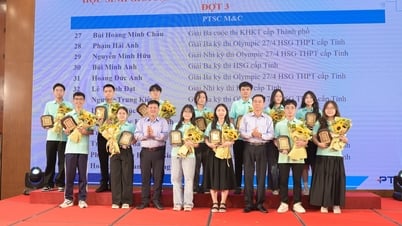







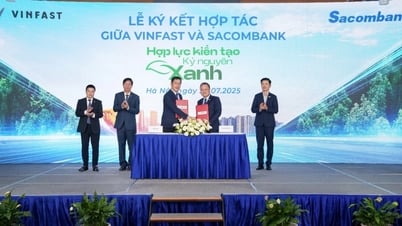





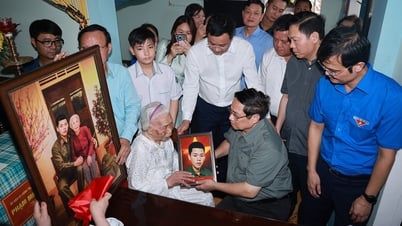
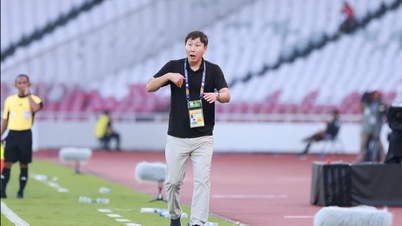


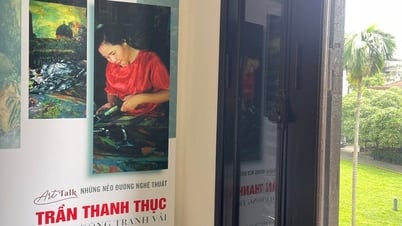

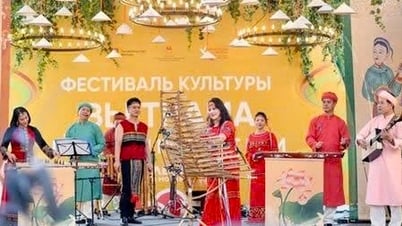
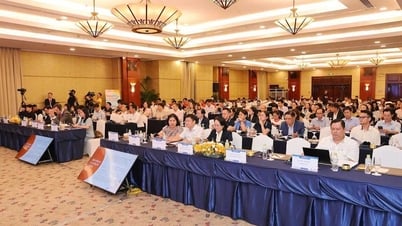




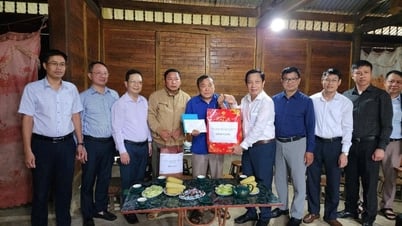





















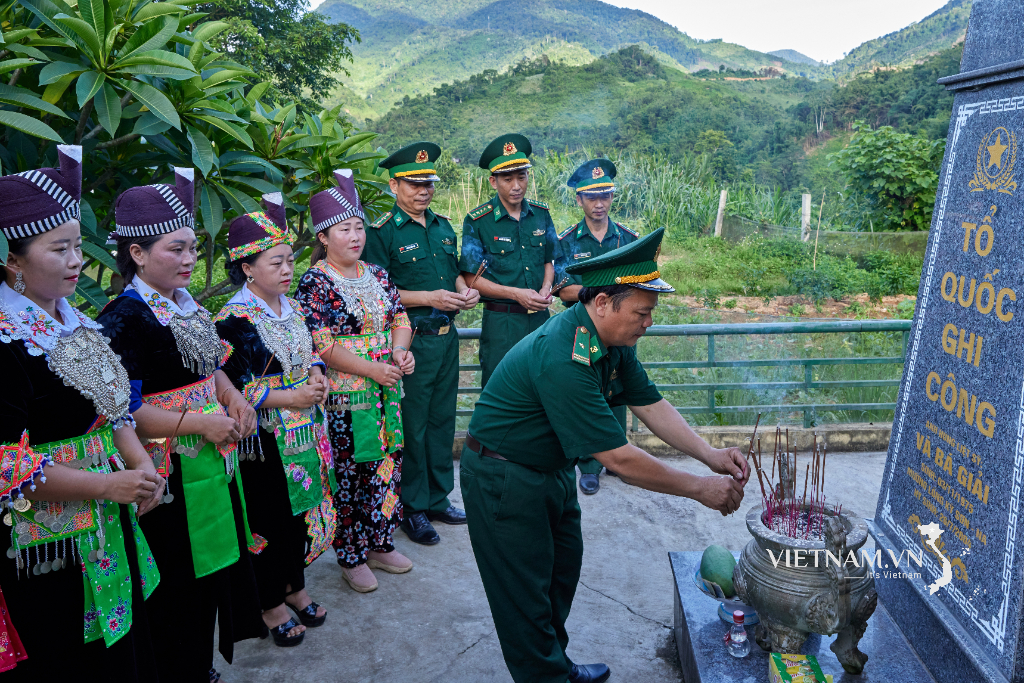


Comment (0)